|
I have a new story up at Microfiction Monday Magazine, "Inheritance."
2023 was a slow writing year for me. So slow, that I didn't bother with my usual end-of-year blog post. For most of the year, I wrote nothing. As the year continued, I did manage to write a few short pieces, but didn't submit anything until the fall, and then only a few pieces. So it's not surprising that I didn't have much to summarize at the end of the year. However, in November, I participated in a microfiction writing group run by Meg Pokrass, a well-known flash fiction writer and teacher. Every day she gave us a prompt, and the assignment was to write a microfiction, defined as a story under 300 words, from the prompt. It was magical. I churned out a ton of work. There was only one problem: I found it almost impossible to confine myself to 300 words. I have written a lot of flash fiction (often defined as under 1000 words) but my stories usually run a bit longer than 300 words. Some of my stories ended up being 500-1000 words. Some ended up being well over 2000 words. One might eventually turn into a novel. Because these stories turned out to be so much longer than the word limit, I had trouble finishing them in a day. I have been spending the months since editing the stories I wrote that month and finishing the ones I ran out of time to write. Of all the stories I wrote, only one sprang forth as a true microfiction. In fact, it is quite short--consisting of a mere three sentences. I tweaked it a bit and sent it to Microfiction Monday, a magazine that had published one of my stories before. That story, called "Possum," I wrote on a post-it at the AWP writer's conference. I sent out "Inheritance" on the last day of 2023. So, I guess it counts as a win from last year, even though it didn't get accepted and printed until this month. I hope that some of the other stories from my November writing blitz find homes in the future. If so, I will certainly let you know! And maybe I'll feel like writing an end-of-year post next year.
0 Comments
Photo by Isabela Kronemberger on Unsplash Every year arrives as a package full of unknowns. I have felt that way especially since the pandemic--just that planning ahead can be futile. Circumstances change, and with them, my feelings.
A year ago my year-end post reflected the fact that I had done little writing and almost no submitting in 2021. It just didn't make me feel good. The pandemic had left me with few reserves for dealing with downturns, and little desire to expose myself to the cold winds of rejection. But a funny thing happened after I wrote that post. I decided to dip my toe into submitting again, submitting five pieces a month. That put me off my old pace of sometimes over 100 submissions a year, but I thought it was doable. And thankfully, I started getting acceptances almost at once! I had flash fictions published in several journals this year:
This list of acceptances is all the more heartening as I only kept my resolution on submitting for four months, managing 27 submissions for the year. My mother died in May, and after that, I never got back to submitting, or writing much. Once again, I just didn't feel good. Writing comes from the heart, and my heart was sick. Other events (such as COVID) also occurred, further sapping my physical and mental energy. Writing and publication require fortitude, and my fortitude was needed elsewhere. However, I made a lot of music in the fall and winter, performing with four different groups in November and December. Time and music are both healing, and I hope for a more productive year in 2023. I'm so pleased that my story "California Turnaround" was published by Flash Fiction Forum. The magazine is beautiful, and contains not only fiction, but art from Works/San Jose, an art and performance space in San Jose. Flash Fiction Forum is a reading series for flash fiction. I've participated a few times in person. During the pandemic, I did a virtual reading of my story "California Turnaround." You can see me (wearing a red hat) in this collage from zoom. I got the idea for "California Turnaround" at a concert by musician Peter Case. If you are not familiar with him, not only is he an excellent songwriter, but he is (as Dave Alvin said in a joint show once) quite a "raconteur." Peter Case told a story about going on tour with an early band, driving a dicey truck for hours on end because a girl had given him some "California Turnarounds," pills that would allow someone to drive all the way to California, turn around, and drive back again.
The term California Turnaround delighted me, so I decided to write a story using it. It's a first person story told by a young woman who has been driving 27 hours straight, strung out on California Turnarounds, on her way to a new life in Los Angeles. Because of her mental state, it was a fun story to read to an audience, and I'm glad it's been published by the fine folks at Flash Fiction Forum. I am very pleased to have my new story "Wild Turkeys" published in the Summerset Review.
I got the idea for this story while out walking in my neighborhood. For those of you who don't follow my Facebook or Instagram, during the pandemic I stared taking walks and posting a picture from each walk on social media. So, one day when I was a block or so away from my house, I saw a flock of wild turkeys. Turkeys don't frequent our neighborhood (you are FAR more likely to see turkey vultures), so these turkeys caught my eye. They were in the yard of a house. I wondered if the people in the house happened to look out the window and see the birds, and if they did, what they would think. So I wrote a story about it. I am so pleased to have my flash fiction "Bats" up at Anti-Heroin Chic.
A story I heard at church inspired this piece. I attend a historic church (built in 1891) with an old-fashioned bell tower. At one point (before I attended), the church had bats in the belfry. One day Valerie, a senior lady with a British accent, described the excitement of having a bat fly down into the church during the service. It perched near a petrified teenager. Valerie picked the bat up and carried it outside. The church has re-homed the bats, but the story lives on. I took that story and made the teenager the rescuer, because I wanted a character who felt as out of place as the bat was. The art at the top of this page is an assemblage made by mystery writer John Billheimer, a member of my writers group. We have a tradition of giving holiday gifts based on the writing we've done during the year. He gave me this gift in 2019. Because of my pandemic submitting slump, the story did not find a home until this year. I'm so happy that Ghost Parachute published my story "Gingerbread."
Like "Bears," this story is another story featuring what happens after fairy tales end, this time "Hansel and Gretel." I wrote the very first of these stories, "After Waking," many years ago. That story was about Sleeping Beauty after she woke up. She became an insomniac because she was afraid to go to sleep. One day I was thinking about that story, and "Gingerbread" came to me. I kept writing these fairy tale stories, so hopefully you will see more of them in the future. I am very happy that my story "Bears" has been published in New World Writing.
In my last post, I wrote about how difficult I was finding writing and submitting work during the pandemic. I felt like I was confessing a huge weakness. Writers need to have thick skins in order to make it, and I was failing. But the act of admitting my difficulties made me feel lighter somehow. More hopeful. I felt like it was OK if didn't submit work and OK if I did. Then I told myself that I could try doing five submissions. That was an old goal I used to have: five submissions a month. At my height of submitting I often exceeded it, but that was my baseline. I sat down at my computer a week ago and submitted to six journals. I made my goal plus a bonus. My first rejection came a few days later. I felt sad, but not depressed. And then the next notice I saw was that New World Writing had accepted and published my story. Talk about immediate gratification! I am not sure how much I will submit for the rest of the year, but January is a win. This story, "Bears," is the first new story published out of a whole collection about what happens after fairy tales end. Most of them are quite a bit longer and will be harder to publish, but this is a nice start. The dry river is running again. The Salinas used to run more often, but as we pump more groundwater, as the climate warms, a moderate rain simply soaks into the thirsty soil. Even several moderate rains. Only sustained downpours bring the water to the surface. Last year we had very little rain. I am not sure the river flowed at all.
It rained over and over this December, more than seven inches when we typically average two and a half for the month. Even that is not enough to break the drought, but it is enough to make the Salinas flow in its shallow, sandy channel. On New Year’s Day I went to the river park to watch the water flow where windblown sand usually awaits. Traditionally, I go to the coast on or around New Years. I like to stand on the shore and look at the ocean, feeling I’m at the end of one thing and the beginning of another as the year opens. I see a distant horizon full of possibilities. This year, though, I went to see the dry river run. In past years I have made a New Years post detailing my writing career for the year, listing the pieces I’ve had published. A year ago, I wrote quite a different post, about the pandemic, and how for a while I couldn’t write at all. How, swimming in the sea of grief and heartbreak that was 2020, I couldn’t bear to get rejections. Eventually, though, I went back to the writing itself, finishing a draft of a new story collection by the end of the year. I had high hopes of revising and submitting that book and querying agents again for my novel. But when I made a few submissions, getting the rejections put me in a funk for days. Pre-pandemic, I was pretty good at shrugging off rejections, making over 100 submissions a year. The pandemic changed me. In 2021, I wrote very little aside from blog posts, short pieces that don't involve probable rejection. I have always considered writing a major purpose in my life. I have set aside time for it, gotten an MFA, etc. But last year, I didn't enjoy it. I dreaded it, especially revision and submission. In 2021, I asked myself: What if I spent that time doing activities I enjoyed—reading books, playing my ukulele, going to the beach, etc.? Maybe enjoying life should be my priority. The pandemic probably fueled my emphasis on enjoyment, since for so long I hadn’t been able to do so many of the activities I relished. I wanted to have fun, and writing had stopped being fun. Still, I can’t stop thinking like a writer. I spin stories or construct characters in my head. And I think in metaphors. So I went to look at the water running where during this last, drought-stricken year nothing flowed. Perhaps it’s a metaphor, I think. Perhaps this year the river will run again and the desire to write will rise and the words will flow. Writing will be fun again, sparkling in the light, reflecting the world around in surprising and beautiful ways. 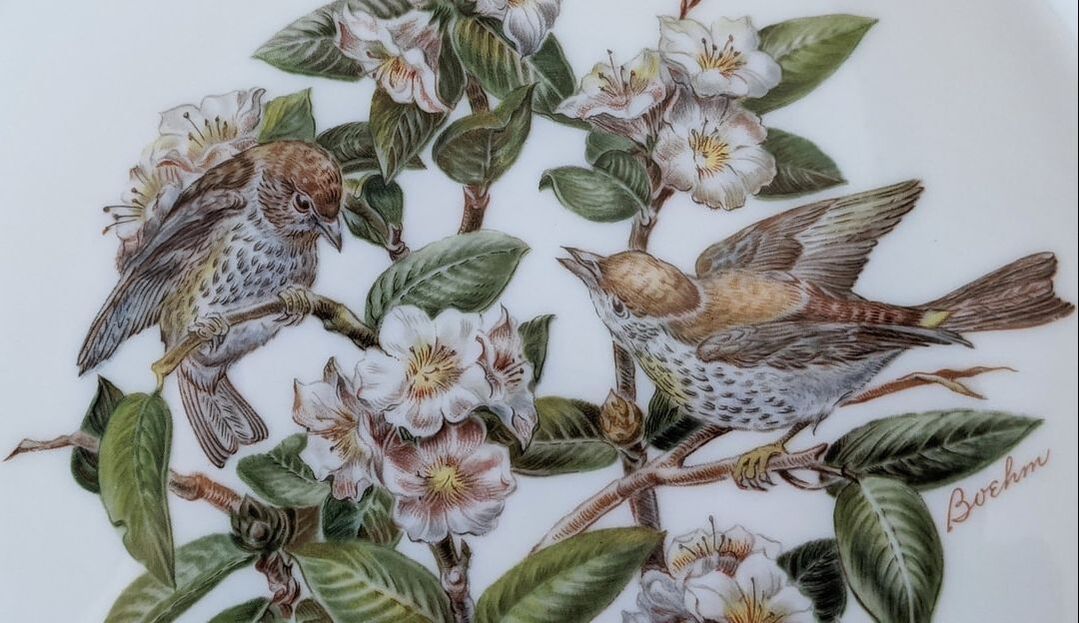 It started with charity. A local art patron’s estate contents were listed for online auction, with the proceeds benefitting a couple of arts groups, including the local opera company. I registered at the auction site. It’s for charity, I told myself as I bid on several lots of vintage rhinestone jewelry. Those of you who have followed my Hat Project blog have seen me wear many vintage rhinestone pieces. They are a weakness (I have many vintage weaknesses). So I bid. And, as I was outbid, bid again. When the cost grew beyond what I wanted to pay, I let those rhinestones go to another arts lover. But I was hooked on the online auctions. Every time I get an auction email, I look it over for interesting items. I often have to talk myself down from bidding on items I have no purpose or room for, like this ornate epergne featuring merpeople. With every estate sale, I marvel at how much you learn and don’t learn from the objects people keep. One estate sale had lot after lot of watches, making me wonder about the person who amassed the collection. Why did watches interest her? Were they decorative, or was she simply interested in time itself? Another sale had two or three sets of china, plus two sets of Christmas china. The family must have entertained a lot—or maybe the owner hoped they would. What about the person with the racist figurines of black cooks? Did the person display them, or keep them hidden in a box? I’m consumed with curiosity about the people, trying to suss out their lives the way I try to deduce what people are making for dinner by examining the cart contents of my neighbors in the grocery store. For my writing students, I created an exercise on defining characters through habitat and possessions using The Three Musketeers. Athos keeps mementoes of his aristocratic past. Porthos has a grand apartment (from its outside appearance) but no one has every been inside. Aramis has a house filled with religious texts, but with a courtyard garden that no one can see from the street. I point out how each fits its owner's character. And as a writer, I use a person’s home and possessions to define who they are, such as in my story "Pique Assiette." I love the estate sales because they tell stories that are maddeningly (suggestively) incomplete, as well as because I like vintage stuff. Since I can’t actually see the auction items in person, when I bid, I tend to be cautious. I have only bid on a handful of items, and lost out on all of them. Until this week. This estate sale was the estate of a collector. Some beautiful jewelry, both real and costume. Hummel figures, still in boxes. Fenton glassware. Pictures of thatched-roofed cottages at twilight. Plates with pictures of spaniels. And some limited edition Lennox collector's plates with birds on them. They just appealed to me. I thought they would be fun to use to serve cookies to guests, or asparagus or rolls at a holiday dinner. So I bid, and though I was almost outbid by someone swooping in at the last minute, I got the plates. They were in heavy frames built like tanks. The plates themselves, having spent their lives framed under glass, were nearly pristine. So now I am the kind of person who owns collectible bird plates, along with three full sets of dishes (one inherited from my grandmother). A closet full of vintage hats. Far too many clothes, shoes, earrings, scarfs. Shelves of books. A beautiful decoupage cabinet designed to hold compact disks. A manual typewriter. A small box of Mercury dimes from the 1940s. A teapot that plays “Tea for Two” when you wind it up. A Nigerian beaded armchair. A vase shaped like a woman in an evening gown. Two ukuleles.
Who am I? Recently, many media outlets (see, for example, Slate) have been opining about a subreddit that "awards" anti-vaxxers who die of COVID. Reddit users post screenshots from other people’s online accounts in which the people deny that COVID is a problem, fight mask mandates, declare that the vaccine is dangerous—followed by screenshots of them posting about catching COVID and going to the hospital—followed by their loved ones posting ever-worsening health updates—culminating in a death announcement and sometimes a Go Fund Me for medical/funeral expenses.
Morally, this subreddit is not attractive. Despite professed hopes that they are convincing the unvaccinated (and the posts of new vaccine cards), the subreddit carries a strong odor of I told you so. Also of ghoulishness, as some Redditers are apparently trolling Facebook for keywords to find fodder among the pages of people who had their privacy set to “everyone.” In the way of the internet, posts may even be fabrications. Though I felt a bit ghoulish myself, when I checked it out, I found myself riveted, not by the Redditers’ often hostile comments, but by the successions of screenshots themselves. Many of the pre-COVID posts were hateful, especially towards Fauci. So much fear and anger masquerading as fact or humor. Declarations of the importance of freedom, even if meant the freedom to harm others. False equivalencies between vaccines and guns as means of protection, between requiring vaccines and the holocaust. Rants blaming COVID on the Chinese and immigrants. I wondered who made all those memes in the first place. I also wondered what kind of media the posters consumed to give them this worldview. Why they (and many others regardless of political identity) would enjoy posting hate. What in their own experiences brought them to this place—closed businesses, extreme loneliness, a fear of their country changing into something unlike the country they grew up in? I couldn’t know. Once the individuals fell sick with COVID, the posts became just heartbreaking, as each poster described the terrible symptoms, and the relatives posted in agony about the suffering and dying person they loved. Often the death posts cited how big-hearted the person was, how he or she would do anything to help another person. Describing a person seemingly totally different from the person who would share mean-spirited memes. Bryan Stephenson, the author of Just Mercy, writes: “Each of us is more than the worst thing we’ve ever done.” In the same way, each of these people are more than the memes they posted, than their stance on masks and vaccinations. I’m sure in addition to the memes they shared photos of their dogs and grandkids and spouses. But we don’t see those posts in this subreddit. Recently I heard the advice: “How you do one thing is how you do everything.” Writers use this idea often. I once introduced a character by having him throw his lit cigarette on the ground and step on it. That character liked to sleep with lonely tourists in his city, one night stands that required little of him, before he moved on. So, how he did one thing (carelessly casting away a cigarette) was how he did everything. And yet, it’s reductive to look at people that way. I admire writers who let their characters be messy, be a lot of things simultaneously. I think of Raymond Carver’s chronical of redemption in “A Small, Good Thing.” (This paragraph contains spoilers, so if you haven’t read the story, go read it immediately.) In the story, a woman orders a birthday cake for her son Scotty with his name on it. On his birthday, the boy is hit by a car and hospitalized. Needless to say, the parents don’t pick up the cake. The baker starts calling the mother, harassing her anonymously, saying things like “Have you forgotten Scotty?” She calls the baker “evil.” After Scotty dies, when the baker calls, the mother figures out who the caller is, and she and her husband drive to the bakery and confront him. When they say their son is dead, the baker apologizes. He asks forgiveness. He gives them cinnamon rolls and bread and they eat and talk. The parents listen to him describe his hard life and loneliness. The story in itself is astonishing, but it is famous among writers for another reason: Carver published a minimalist version of the same story years previously, called “The Bath.” The earlier version of the story ends with the baker calling. The son hasn’t died and the mother thinks the call might be news of her son’s condition. She never discovers the identity of the caller, never confronts him, never gives him a chance to redeem himself. In “The Bath,” the way the baker does one thing is the way he does everything. In “A Small, Good Thing,” the baker is not defined by the worst thing he’s done. He recognizes he has caused harm and tries to repair it. The mother realizes he is not really evil. Though I’m not against minimalism ("The Bath" is harrowing and haunting in its own way), I prefer the largeness of heart in the later version. The ability to let the readers see characters are complex. We need to do that more in life too. To forgive, to extend understanding. To both admit our own mistakes and refuse to reduce ourselves and others to our worst moments. In a time of so much worry and grief, we need compassion. Though I doubt fostering compassion was the original aim of the subreddit, by giving me a window into the lives of those suffering from this disease, that's exactly what it did. |
Author
Ann Hillesland writes fiction and essays. Her work has appeared in many literary journals, including Fourth Genre, Bayou, The Laurel Review, and Sou’wester. Categories
All
Archives
February 2024
© Ann Hillesland 2015-2017. Unauthorized use and/or duplication of this material without express and written permission from this site’s author is strictly prohibited. Excerpts and links may be used, provided that full and clear credit is given to Ann Hillesland with specific direction to the original content.
|
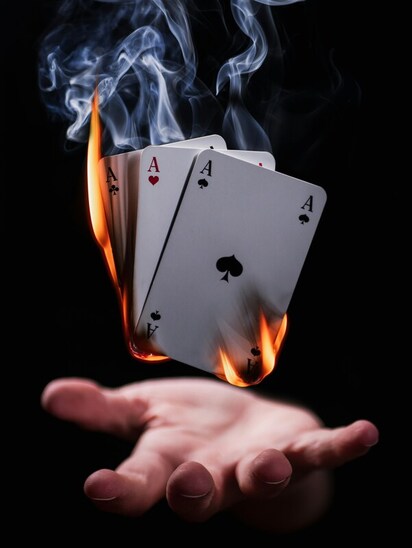

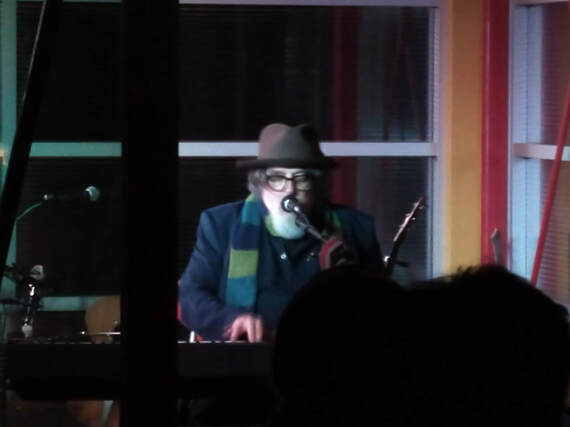
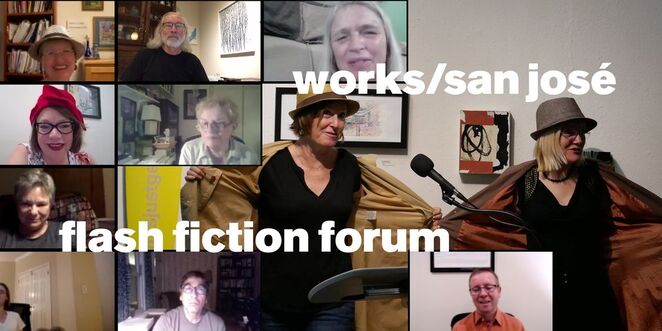
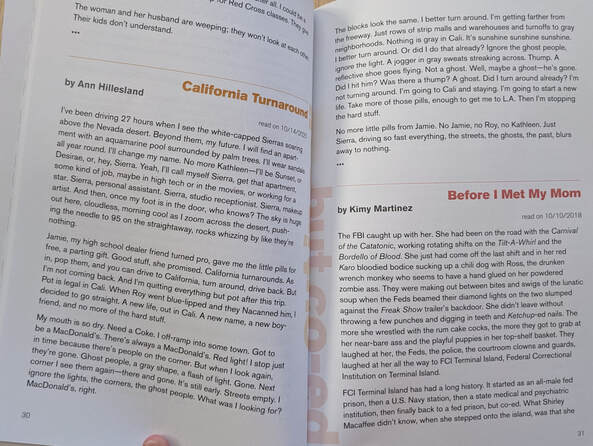
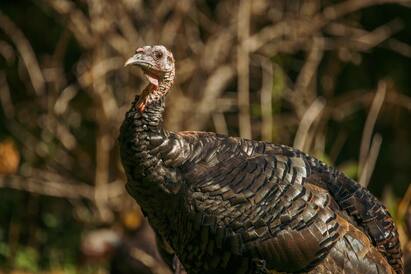
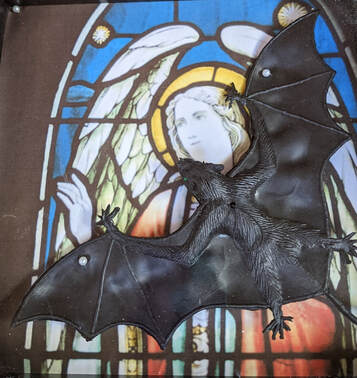


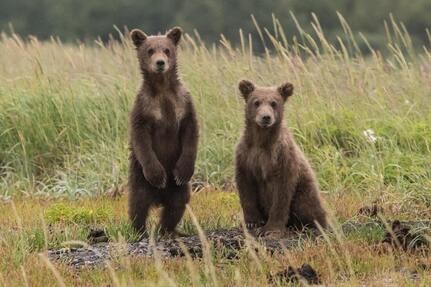

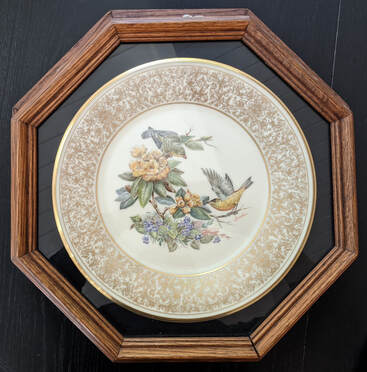
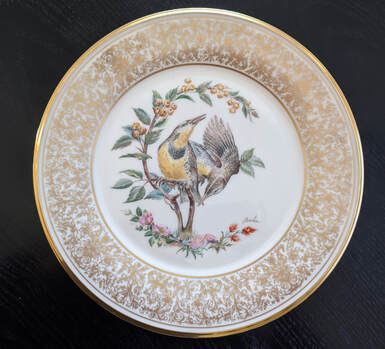
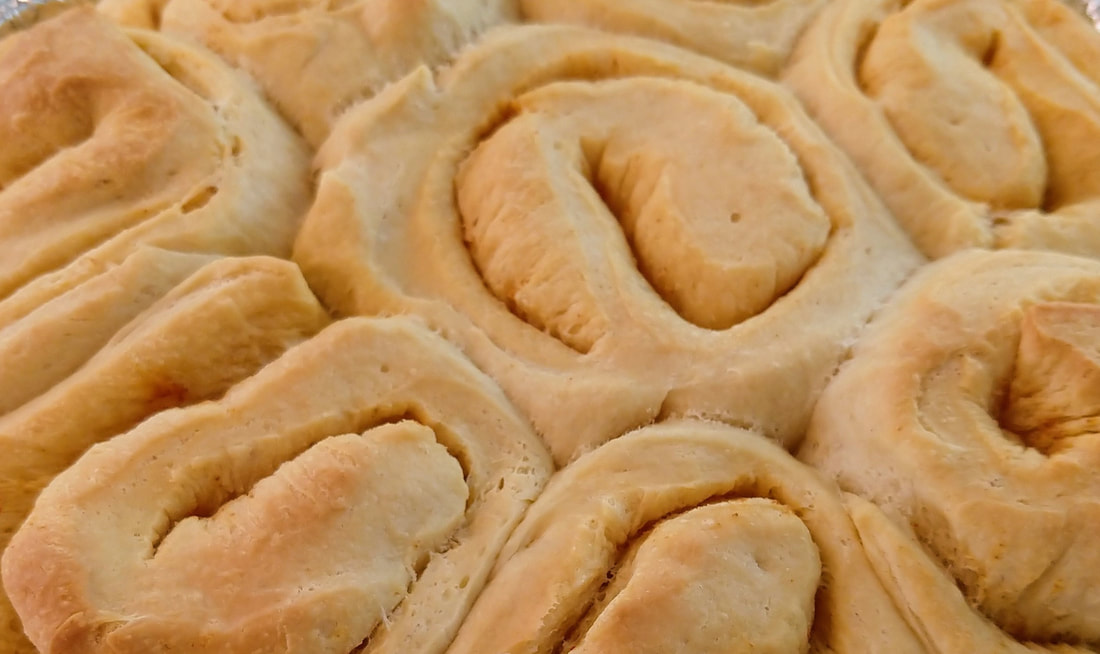
 RSS Feed
RSS Feed